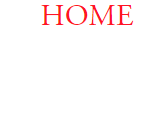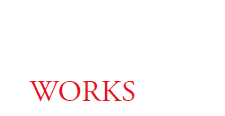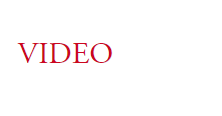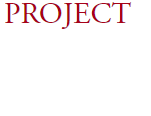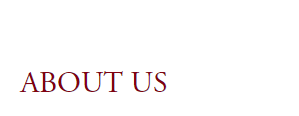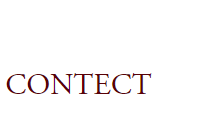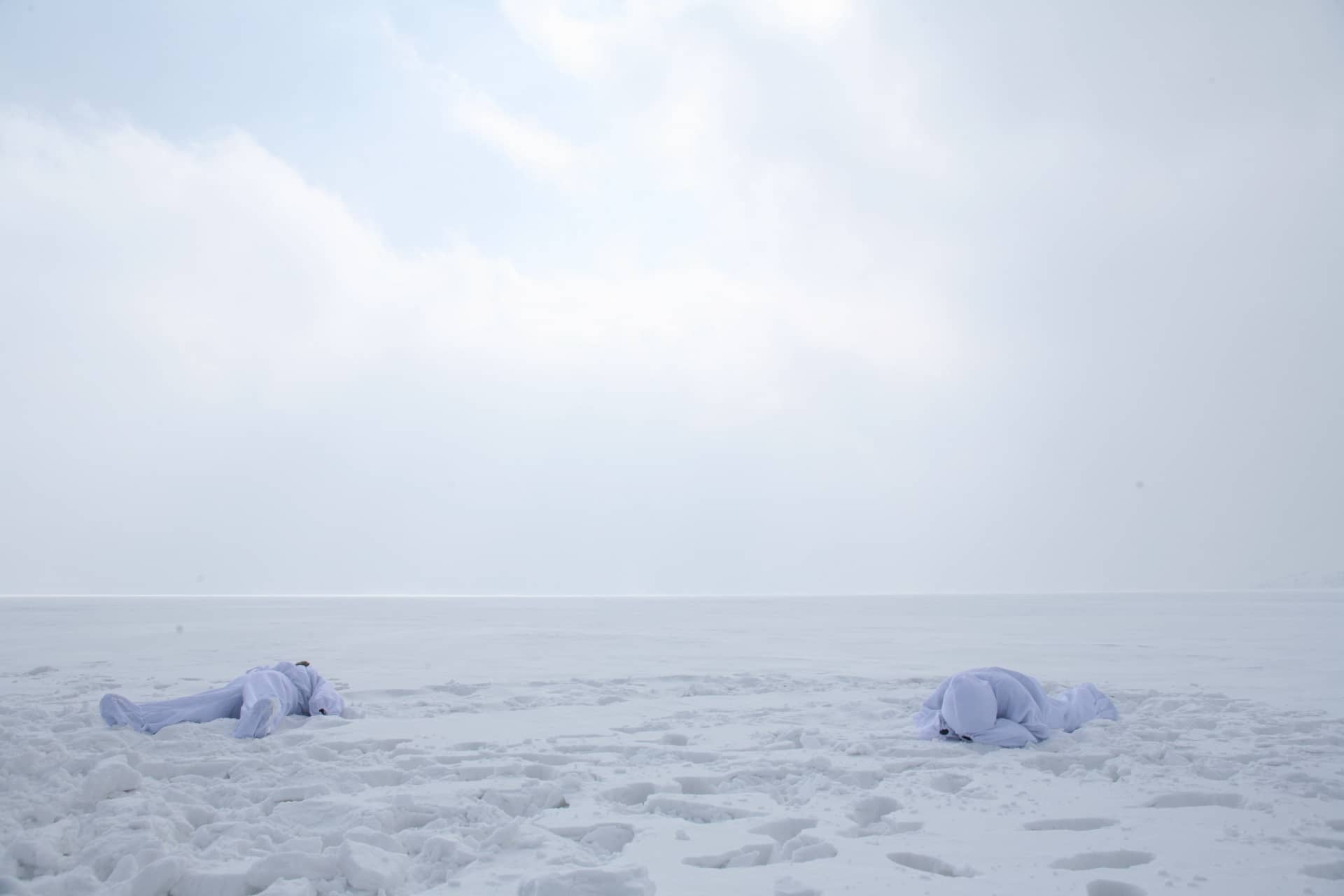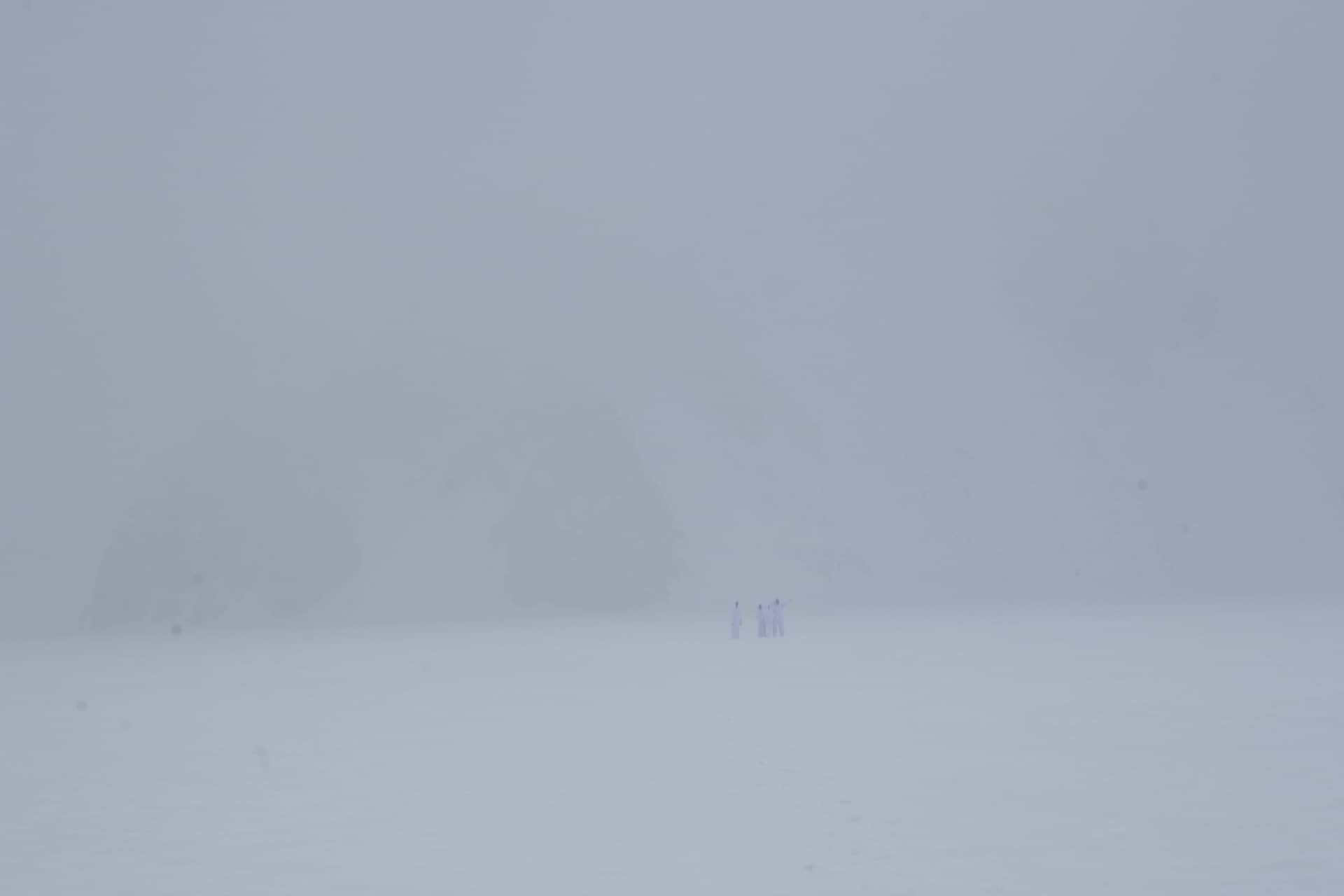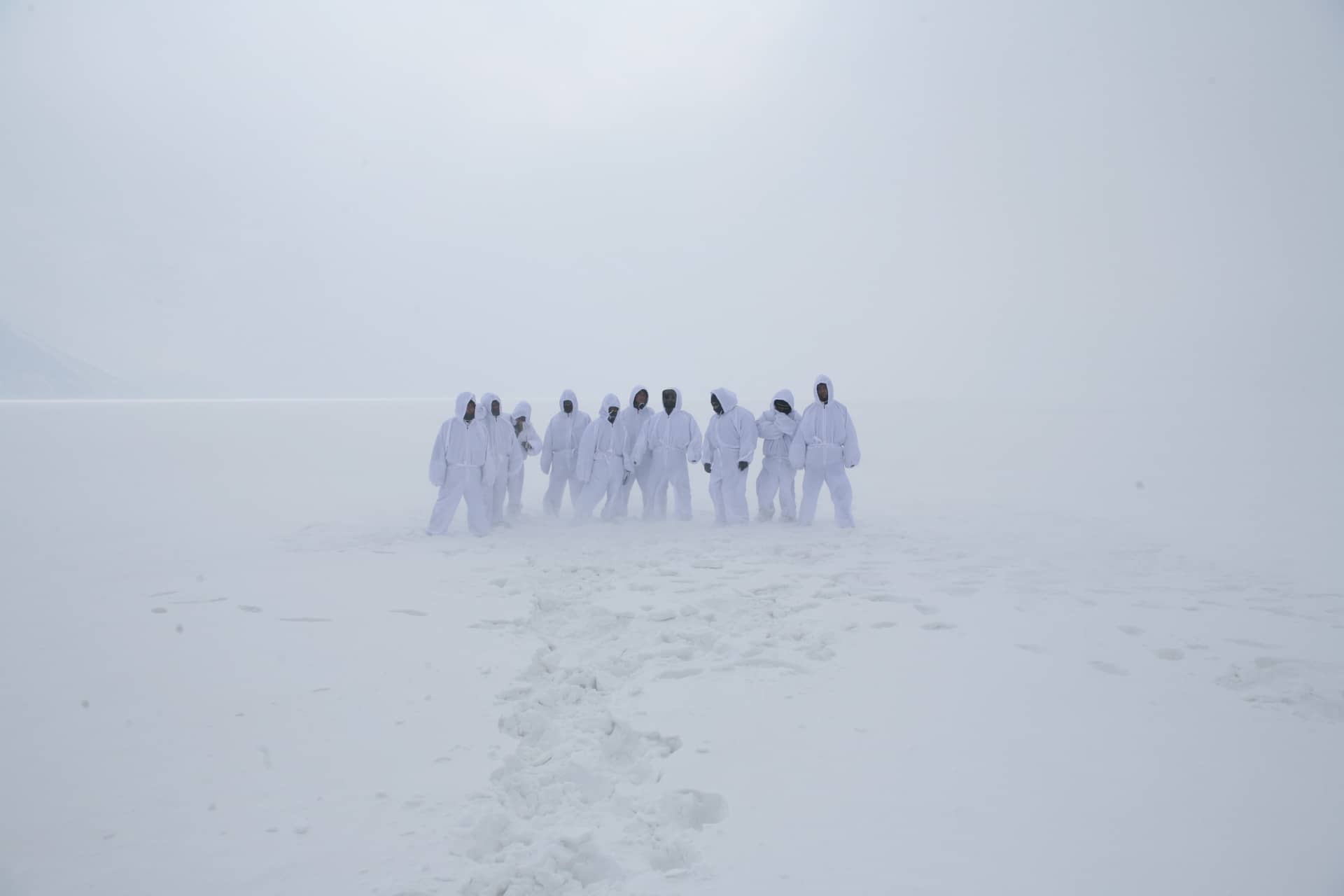Monsters Present
Monsters Present
有怪兽
2007
On Group Projects
Peng Yu
In 2006, "Group Planning" became a new approach to artistic creation. The intention of such events was to find group methods that were different from those of the individual, and to provide new experiences and possibilities for both the individual and the group. Produced from the interaction and mutual doubt, projects that seemingly had no connection with Art would take form. The core idea of the project was to begin with something that you wanted to do and finish with a result that exceeded expectation.
These projects may seem to be lacking in purpose, comparability and theory. The names of these projects were chosen without much care. They sound colloquial, with a sense of detachment, but their detailed planning, execution suggests that they were, by no means, accidental or haphazard.
Bird Hunting is the first project that was carried out. When this project was first conceived, it caused
confusion. In the winter, a group of artists traveled from Beijing to northeast China to hunt for birds in a No Man's Land. They searched at random for their prey and even targeted a birds' nest, though not a single shot managed to hit it. The resulting exhibition displayed one photo and two videos. The photo showed the artists and their "prey" while the video showed the process of the hunting and a series of issues arising from it. It is hard to determine the authenticity of Bird Hunting, and whether it was an actual act of hunting or a perfect post-production editorial piece? Discussions relating to "Bird Hunting" had a rough video quality, the lighting was totally non-existent, edited into this piece were artists' imaginary pictures of hunting, for example, on how to use a gun, the video showed a clip of Arnold Schwarzenegger which seemed out of place. These messages showed a strong sense of being "unrelated to art;" the accompanying publication to the exhibition was made to look like a users' guide to hunting. In China, it is illegal to own a gun privately. Many people have never even seen an actual gun before, to a group of artists who have no relationship with guns, this project turned out to be very exciting. The act of hunting was at best improbable in China. Thus, the project was not as lighthearted as it seemed. It spoke of a certain territorial restriction, as an Arab woman
might experience walking down the street unveiled in medieval times. It breached what one might call
"lawfulness." Personified in Bird Hunting was an escape route for both art and society.
The Chinese character for Splash (Plop噗通) is an onomatopoeia. It is of the sound of a stone being dropped into water. This project seemed even more ridiculous than Bird Hunting. During winter, dozens of artists bought a 400-kilogram rock; they hired workers to carry it to the Beijing countryside, and then took it to the center of a lake. They took a picture with the rock and waited until the spring when the ice thawed and the rock splashed into the river. In fact, the sound of the splash would be non-existent. The thawing process is a gradual one. The rock probably sunk gradually and finally reached the river bed. No matter how often we go to the river bank, there is no way of knowing the moment when the rock sank. This final stage can only take place in our imagination. It makes one feel out of- control and sense the unpredictability of events. The "investment and return" ratio is badly out of balance in this piece, so to speak. It yielded no value. This was the exact message the artists wanted to put forth: the value attached to material almost always ends with a Splash.
Monsters Present took place at Lake Tianchi, the famous mountaintop lake in the Changbai Mountains, situated between the border of China's Northeast Provinces (Dongbei) and North Korea.
The altitude of the lake is 2194 meters above sea level, its average depth 204 meters, and at its deepest
it is 373 meters. From January to April, the surface temperature is around -30 degrees celsius, and the
lake is mostly covered in mist with a visibility of only around seven meters. Chinese myths tell us there
are mysterious creatures in the lake. Maybe they are things of the past, and maybe they are things of
the future. They appear and then quickly disappear. There had been many reports of sightings and even
contacts with these monsters, but specialists told us that the photo and video materials to date were no
proof of unknown species. We didn't want to create a stir, though some places had boasted of sightings
to arouse curiosity and boost local tourism. The lake was not open to the public in winter as the mountains
were covered in snow. Our project was to be take place at that time. If something mysterious happened,
we would be the only witnesses, if we met other people there, we could mistakenly take each other for
monsters, and we could never be sure of what would happened there.
When we undertook these projects between 2000 and 2008, the art market in China had become
bloated to a point where it could not be ignored by the world. It peaked in 2007 and 2008 just before
the economic crisis. Beijing became the center of Asia, achieving fame that far surpassed the reality of
the situation. Thus commercialism changed artistic practice in China like never before. Young artists,
young art galleries and young collectors all reacted to such a turn of events. To cope with the situation
and to not get swept up was the initial drive of these projects. Ten Thousand Years in 2005 and 7 Days
in the Philippines were all directed at globalization, art's commodification and the art market. The
environment in which the artworks were displayed seemed to strangle individual artists; the alternative
was an even greater danger, the individual could simply be ignored, because the absolute independence
of the individual was non-existent. So, by choosing issues that were bigger than that of the individual,
we could help expand the space within which the individual could exist.
These three projects clearly and intentionally distanced themselves from "Art," forsaking individualistic experience and judgment, renouncing "good" art as defined by conventional wisdom, to seek something different and more organic. Can new ideas and values grow from these projects? Maybe they can be a beginning.
June/2008 Beijing
关于集体项目
彭禹
从2006 年开始至今,集体计划成为一条新的工作线索,组织这样活动的目的是希望寻求不同于个体创作的“群体特别 方式”,从而给无论个体还是群体带来新的经验和可能。在这 些计划中,艺术家在相互作用,相互怀疑的讨论中达成了一个 又一个看起来和艺术毫无关系的项目,强调的核心是:以一件最想做的事情而出发,最终得到一些超越经验判断的行动。 这些项目的特征似乎缺乏目地性,缺乏对照性,缺乏理论性, 这些项目的名称也常常很随意,十分口语化。陌生感和莫名其妙一直伴随着这些项目,但是计划的周密性,严禁性,行动一致性,又告诉人们这是一些精心筹划的有目的的行动, 绝非于偶发。
《打鸟》,是目前唯一展出过的计划,这个计划在展出时实在令 外人看起来感到莫名其妙,一群艺术家像冬游一样从北京跑 到东北,在一个荒无人烟的地方打鸟,慢无目的的寻找猎物, 甚至集体朝鸟窝开枪却没有一个打中。展览展出了一张照片 和两个录像。照片是这帮艺术家与“战利品”的合影;录像 则分别记录了“打鸟”和项目过程中对一系列相关问题的讨论。 打鸟很难令人判断真假,这是一个真实的打猎还是一个编辑 完善的影片?而“打鸟的相关讨论”则显得画面粗糙,甚至连 照明也没有,并不断配合谈话内容出现一些艺术家对打猎的 猜想镜头,比如,如何使用枪支,影片竟以施瓦辛格的电影 镜头作为意想的范例,显得十分荒诞。这些信息传达出强烈 的“与艺术无关”的信息,画册也是一本打猎指南手册。 在中国,私人拥有枪支是违法的事情,甚至绝大多数人一生中 都没有见过真实的枪,对于一些与武器毫无关系的艺术家来 说也是十分陌生和刺激的事情,而形成一次集体的打猎行动 在中国也实属不宜,从这个方面讲,这个计划却不像展现出 来的那样轻松和随意。它明显带有地域限制的背景,就像中 世纪阿拉伯的妇女摘掉面纱走在大街上一样,缺乏广泛的“合 法性”。于是,这明显成为一个精心蓄意的“打鸟”,带有暴 力化色彩的出逃性质,无论对于艺术还是社会。
《噗通》,是一个象声词,一般是描述一块石头掉到水里的声音, 这个计划与打鸟相比现得更加荒唐。冬天,十几个艺术家买了 一块四百多公斤的石头,雇佣了四五个工人开着数辆汽车跑到 离北京数百公里之外的河床上,费了众多的人力物力将这块石 头冻在这个冰河中心,之后,这些艺术家们和石头合影并等 待春暖花开冰雪融化之时,这块石头“扑嗵”一声掉到河底消失。 而事实上,“扑嗵”一声应该是不存在的,根据经验,我们是 可以猜想到冰的融化是缓慢的,那石头可能是逐渐的下沉, 最后沉入河底。不论我们如何的每隔一断时间就去那里拍摄 一张照片,甚至可以住在河边,但是我们仍然无法保证我们 可以抓住石头下沉而进入河底的那一瞬间,无论对于艺术家 还是观众,这个最后的完成动作瞬间只能凭借想象来完成。 另人充分的感到不可控和不能抓住全部的遗憾。 这个工作的“投入和产出”令人觉得不太成比例,显然没有什 么“性价比”,而这正是艺术家需要输出的一种价值观,那些 寄托在物质上的产出是可以被“扑嗵”的。
《有怪兽》,发生地点在长白山天池,天池的意思是:天上的池塘。 它位于中国东北与朝鲜边界,天池的一半属于中国,而另一半 属于朝鲜。湖面海拔两千一百九十四米,平均水深二百四十米, 最大深度为三百七十三米, 一月到四月湖面温度在零下三十至 四十度左右,湖面经常有雾,能见度为 七米。 长白山天池有怪兽,是一直以来在中国流传的说法。这些奇 怪的,神秘的,不为人知的动物,他们或许是远古的。或许 是未来的。它们时而出现,随后马上消失。它们是一个谜。 曾经有很多目击者称亲眼目睹和遭遇怪兽,而有关专家称,目 前由目击者拍摄的图片和录像资料均无法作为有未知生物存 在的证据。当然,我们也无须故弄玄虚,有些地方也曾经为了 旅游业的发展宣称虚假的消息,而迎来人们的好奇。但是冬 季的长白山天池并不是对外开放的季节,在相当长的一段时 间里人们因为大雪封山而无法进入到天池,而我们的计划就 是在这个地方的这个季节进行。如果有任何神奇的事物被发 现,我们将是唯一的见证人;如果我们在那里发现了其他的人, 也许我们会相互把对方勿以为怪兽,所以在那里会发生什么, 我们并不确定。 介绍这些计划的同时,我们不得不说一下正在全球化进程中 的中国,在2000 年到2008 年之间,中国的艺术市场逐步膨 胀到了一种令世界不可忽视的地步,在07 年08 年全球经济 危机之前达到了高潮。北京成为亚洲的中心,它的名气似乎已 经超过了它的实际,很多人没有成熟的心理准备,商业化前所 未有的改变着中国的艺术面貌,不可否认的讲,无论是年轻 的画廊还是年轻的艺术家,还是年轻的收藏家在这个局面下 都显得没有对策和不老道。用怎样的方式回击这个局面以保 持清醒和警惕的思考,是这些计划的原始动力。
实际上,在2005 年出现的展览《一万年》和在菲律宾实施的《七天》计划都是对全球化的统一性和艺术经济的膨胀化的批判,虽然展览的限制 条件显得扼杀艺术家个体,而面对更大的问题和危机的时候, 个体似乎是可以暂时忽略的因素,因为保持个体的绝对独立 性是不存在的,选择面对超出个体的问题可以帮助个体宇宙 的扩大。
这三个计划明显的“远离”艺术,超越个体习惯,放弃在通 常原则下的“好”艺术,寻求达到根本的不同。是否真的能 够提供出新的观念与价值?也许这三个计划仅仅是一个开始。
June/2008 彭禹 于北京






